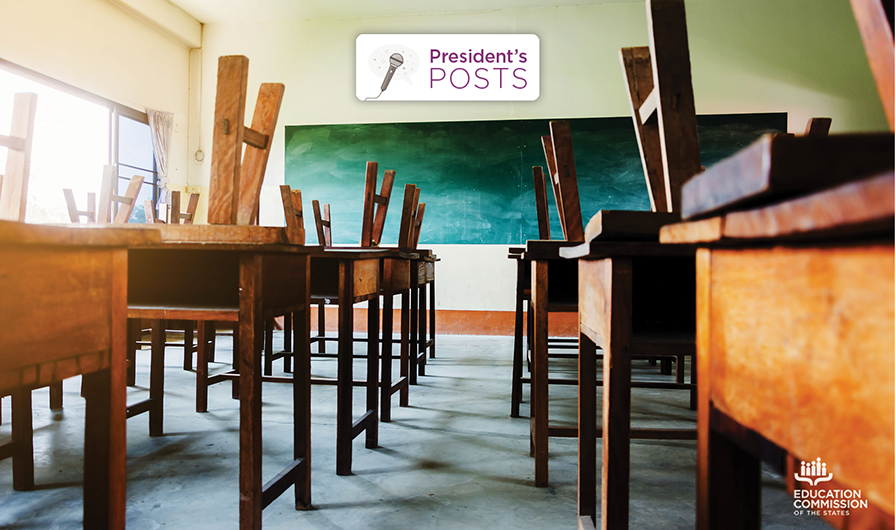This post was also previously published on the Arts Endowment’s Art Works Blog.
When the National Endowment for the Arts and Education Commission of the States conceived of this toolkit on arts education data more than two years ago, we never dreamed that it would come to fruition amid events that could shape the nation’s future so profoundly. As we write this, a global pandemic is exacting a grievous toll on human life, the economy and education. At the same time, hundreds of thousands of protesters have taken to the streets to call out the systemic racism in our society.
Yet this toolkit could hardly be timelier. Policymakers and communities urgently need data to address the pandemic’s impact on students’ participation in arts education. Data can also expose structural inequities that deny students of color and students from low-income households’ access to the fortifying power of the arts in their schools. The toolkit will help you find, analyze and report on such data, which most states already collect.
The impact of recent events may be enormous. School leaders have had to shutter buildings where students come together to dance, paint, sculpt, create music or perform theatre. Plunging revenues and competing priorities in school districts may threaten arts classes even after health risks dissipate. The fallout from those problems may persist longest in low-income communities and communities of color, where schools often bear the brunt of state budget cuts.
Yet information on how many American children lack access to arts education has long been scarce. For every story of how a class in the arts transformed someone’s life, there are untold stories of children and youth who have never had the opportunity to make or study arts in their schools. The research we do have suggests that a disproportionate share of those untold stories are about students of color and students from low-income households, who are the most likely to attend schools lacking arts teachers or facilities. Better data can bring all their stories to light and thus help address critical gaps in opportunity.
Such opportunity gaps deny students the powerful benefits of arts education. Studies have found that it can boost students’ communications and critical thinking skills, support their social and emotional development, nourish their creativity and improve their performance in school. Arts education can nurture the next generation of creative and innovative thinkers who will make a profound impact on the world. And, crucially, the arts can help children and youth cope with the trauma that recent events will continue to leave in their wake.
Data are not only for economists or statisticians. Rather, data systems are for everyone. They can offer critical information that should motivate every policymaker, educator and parent. Better data can help policymakers study the impact of state policies, help parents identify schools whose arts offerings best suit their children’s interests, or help educators bring the arts to all children and youth, regardless of what they look like or where they live.
And now, advances in state data systems have toppled barriers to finding and analyzing data on arts education. This toolkit will help you take advantage of those new systems. It will help you plan an arts education data initiative, make data requests, analyze data, report on the results and use those results to inform action.
The sculptor and National Medal of Arts recipient Louise Bourgeois famously declared that “art is restoration: The idea is to repair the damages that are inflicted in life, to make something that is fragmented … into something whole.” Every school and community will need arts education as it joins the nation’s work to make itself whole. Data will help light the way.









